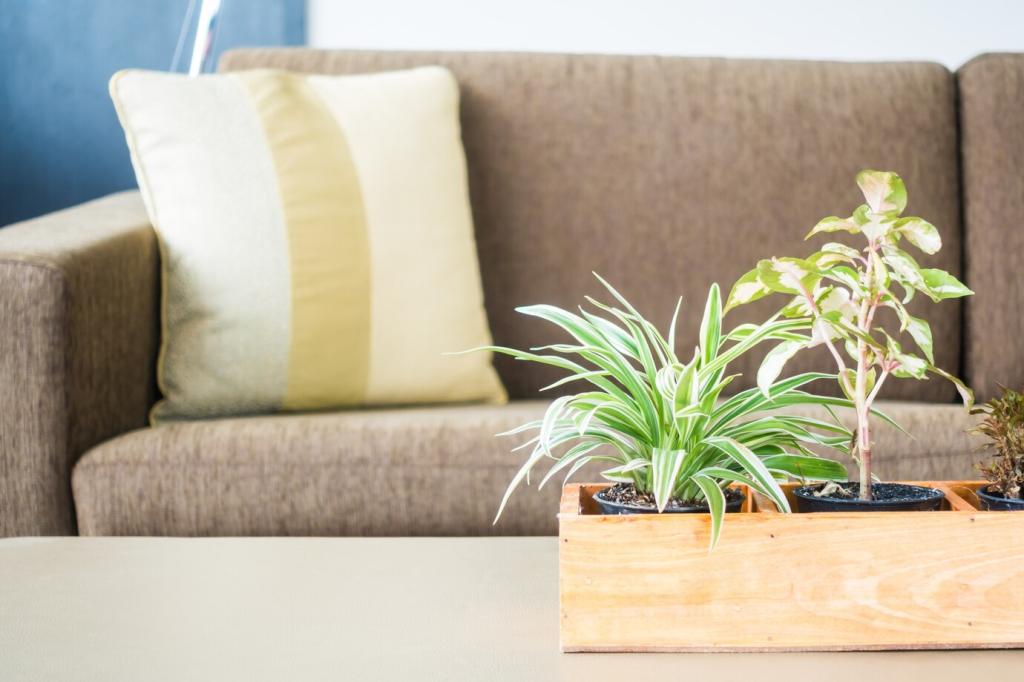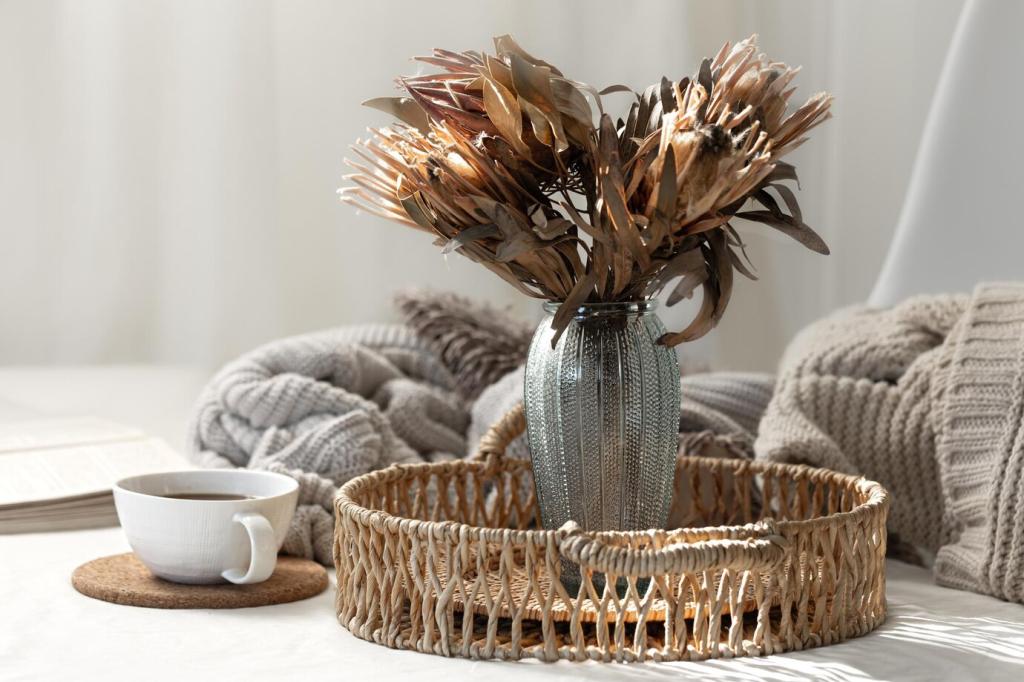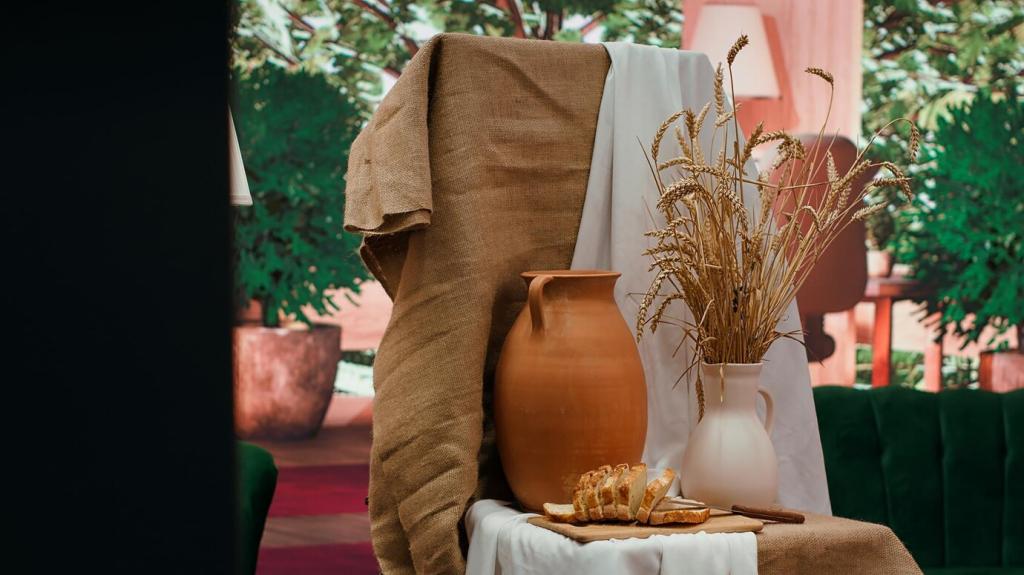Biophilic design is a transformative approach to interior architecture that prioritizes the human connection to nature through thoughtful design choices. It incorporates natural elements and patterns into built environments, fostering well-being, creativity, and productivity. By bridging the gap between urban spaces and the natural world, biophilic design breathes new life into homes, offices, and public areas. This page explores key elements of biophilic design and how they create healthier, more inspiring indoor environments by seamlessly integrating the beauty and restorative power of nature.
Natural Light Integration
Maximizing Window Placement
Strategic window placement is crucial for harnessing abundant daylight and framing views of the outdoors. Large, well-oriented windows allow rooms to bathe in sunlight, reduce energy costs, and provide psychological benefits associated with exposure to natural scenes. Architects and designers consider not only the number and size of windows but also their location to optimize the flow of daylight throughout interior spaces, ensuring every room benefits from nature’s light.


Skylights and Light Wells
Skylights and light wells offer innovative ways to introduce natural light into spaces that may otherwise be dark or enclosed. By directing sunlight from above, these features brighten interiors and create dynamic patterns of light and shadow as the day progresses. The shifting quality of light enlivens spaces, builds a stronger connection to the rhythms of nature, and can make even a small or windowless room feel expansive and inviting.
Vertical Gardens and Green Walls
Vertical gardens, or green walls, transform ordinary walls into lush living tapestries. These installations maximize greenery in limited spaces and serve both aesthetic and functional purposes—improving air quality and buffering noise. Green walls immerse occupants in a vivid, plant-filled environment that stimulates the senses and provides visual relief from hard, angular architectural surfaces. Their ever-changing growth patterns also introduce natural variation to the indoor experience.
Indoor Trees and Large Planters
Integrating larger plant elements such as indoor trees in spacious atria or oversized planters in communal areas establishes a dramatic, nature-inspired focal point. Indoor trees introduce scale and vertical depth, forging a tangible connection between interior and exterior environments. Large planters—when selected thoughtfully—anchor spaces and foster small gatherings, encouraging people to linger and interact with their natural surroundings.
Tabletop and Hanging Plants
Small potted plants and hanging gardens offer flexible solutions for introducing biophilic elements into any room. Tabletop plants enliven workspaces and living areas, providing a personal touch and a daily reminder of nature’s presence. Suspended planters create living canopies above seating zones or walkways, adding dimension and intrigue. Their portability and adaptability make it easy to refresh the plant palette seasonally or experiment with bold botanical arrangements.
Natural Materials and Textures
Wood is one of the most cherished materials for its warmth, character, and versatility. Exposed beams, paneling, flooring, or bespoke joinery introduce organic lines, grain patterns, and color variations that echo forest environments. The tactile quality of wood invites touch and helps regulate indoor climates by absorbing and releasing moisture. Its renewable nature also aligns with environmentally conscious design, reinforcing a sense of stewardship toward the planet.
Using stone, brick, or clay enriches interiors with a sense of permanence and connection to the earth. These materials bring color and texture derived directly from geological processes, creating a grounding effect and referencing ancient building traditions. Their natural imperfections and variations inject authenticity and intrigue, while their thermal properties enhance interior comfort. Earthy materials act as a physical and psychological counterbalance to the fast pace of modern life.
Wool, cotton, jute, bamboo, and other natural textiles soften spaces and stimulate the sense of touch. From woven rugs to upholstered furniture and textured wall hangings, these fibers provide warmth and subtle fragrance, contributing to an inviting, homelike atmosphere. Natural textiles foster relaxation through their gentle tactility and visual appeal, reminding us of our intrinsic bond with materials shaped by the rhythms of the environment.

